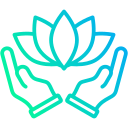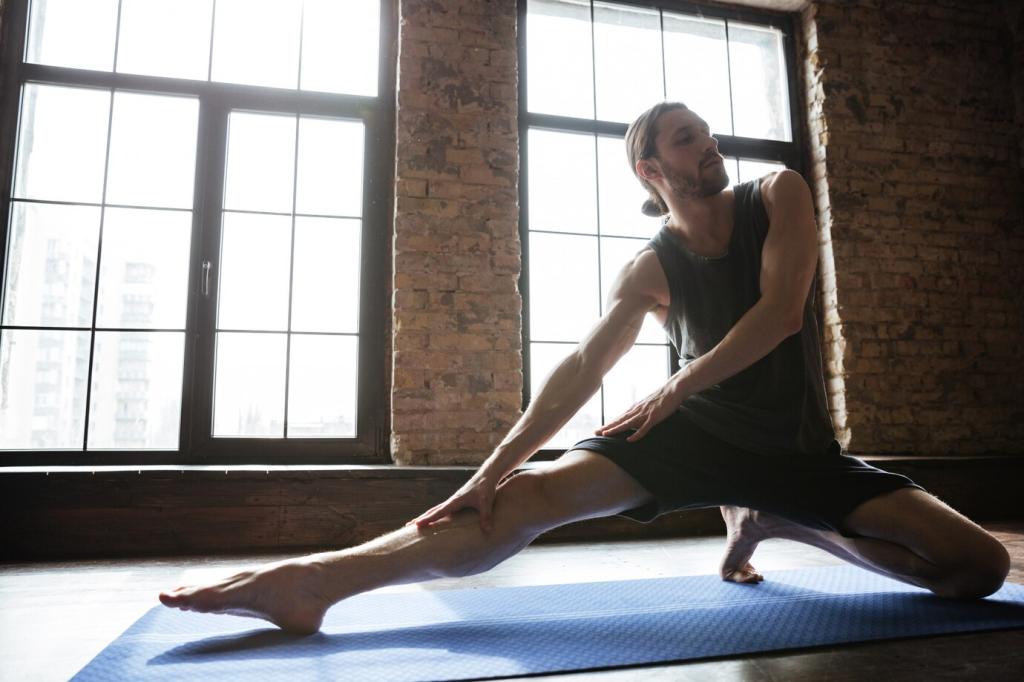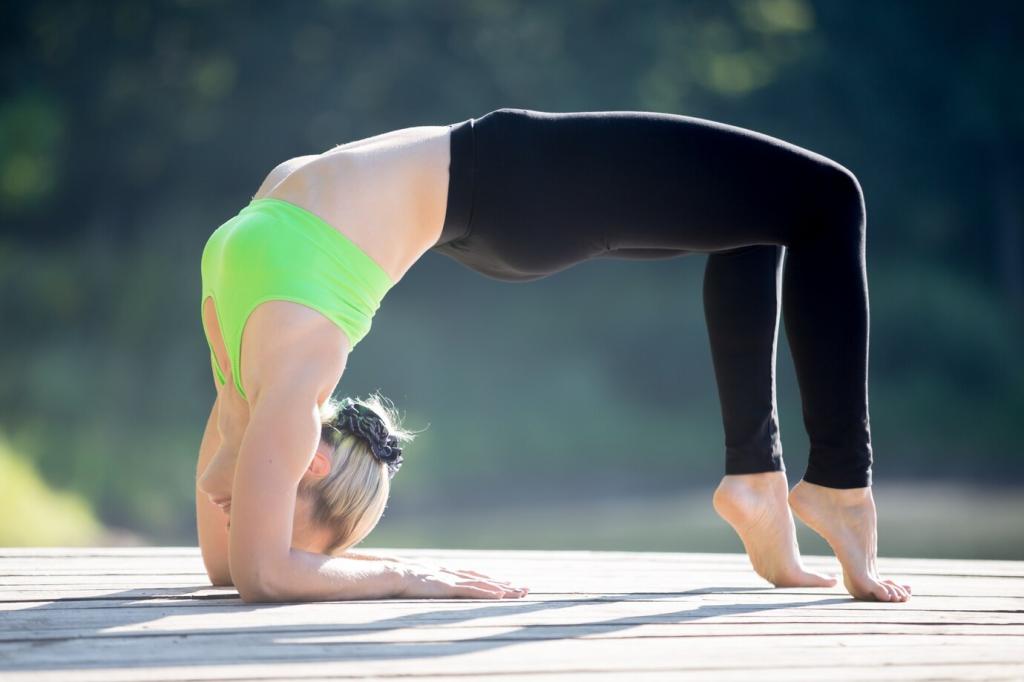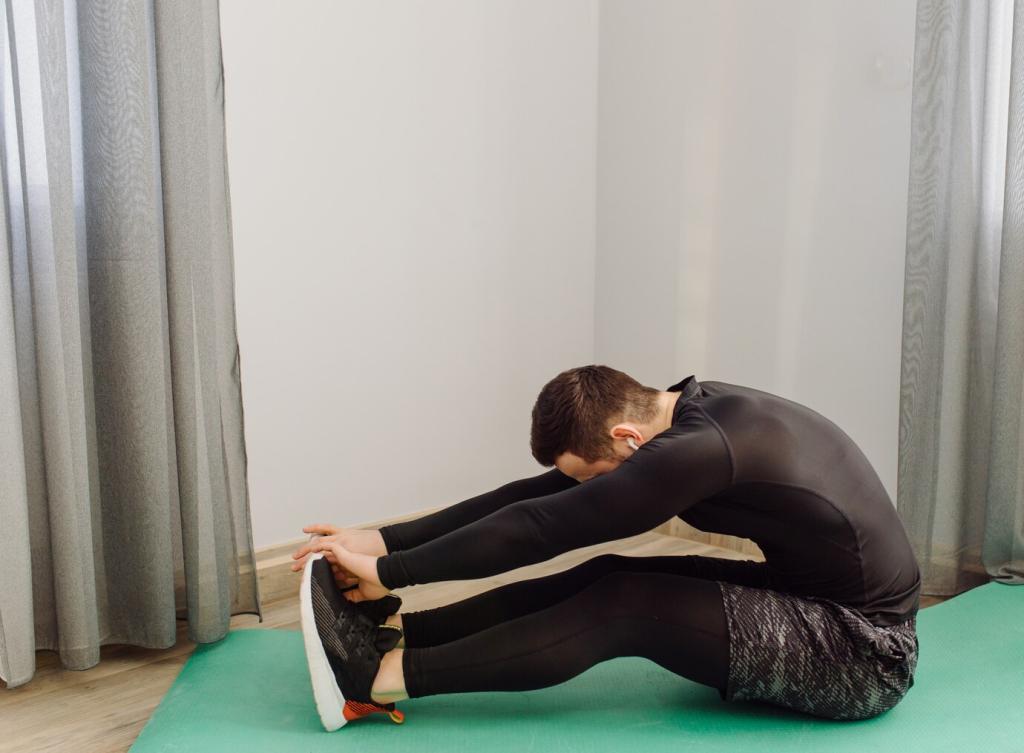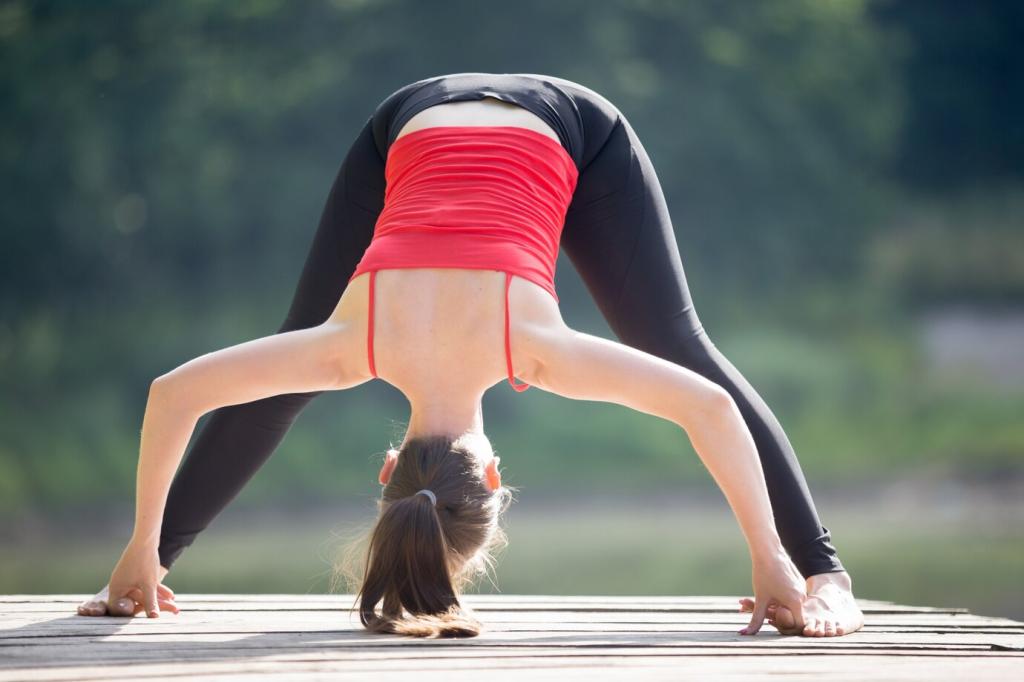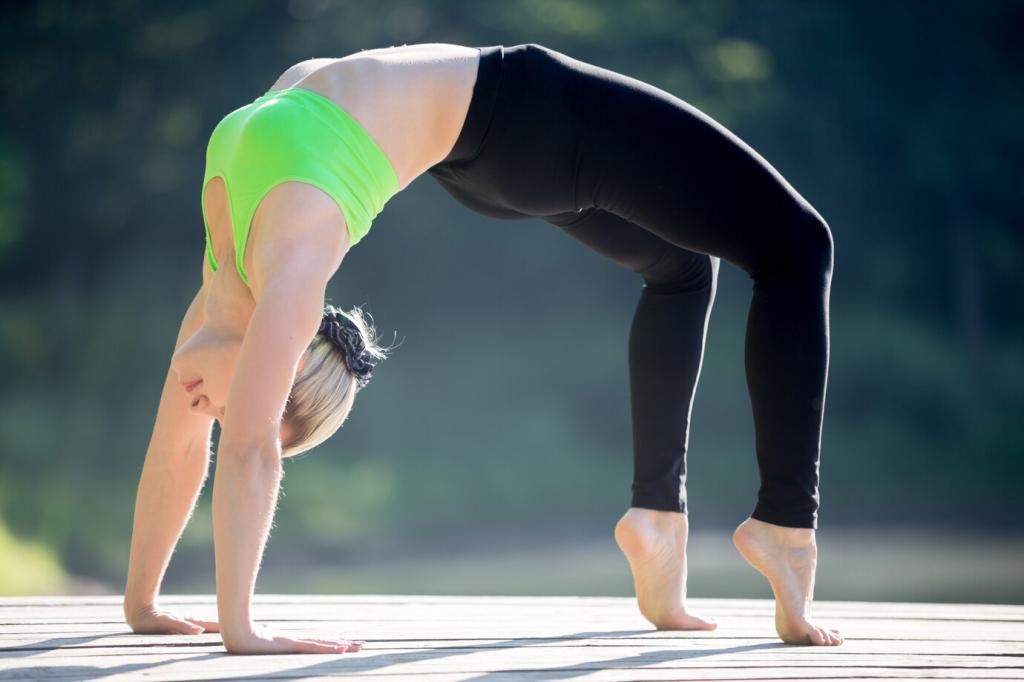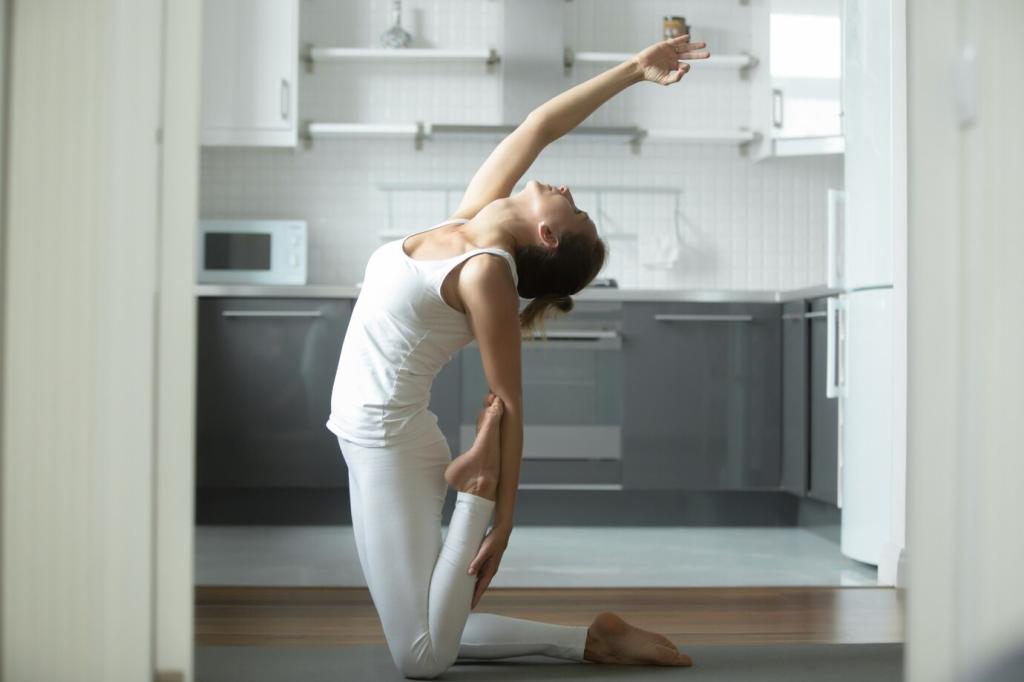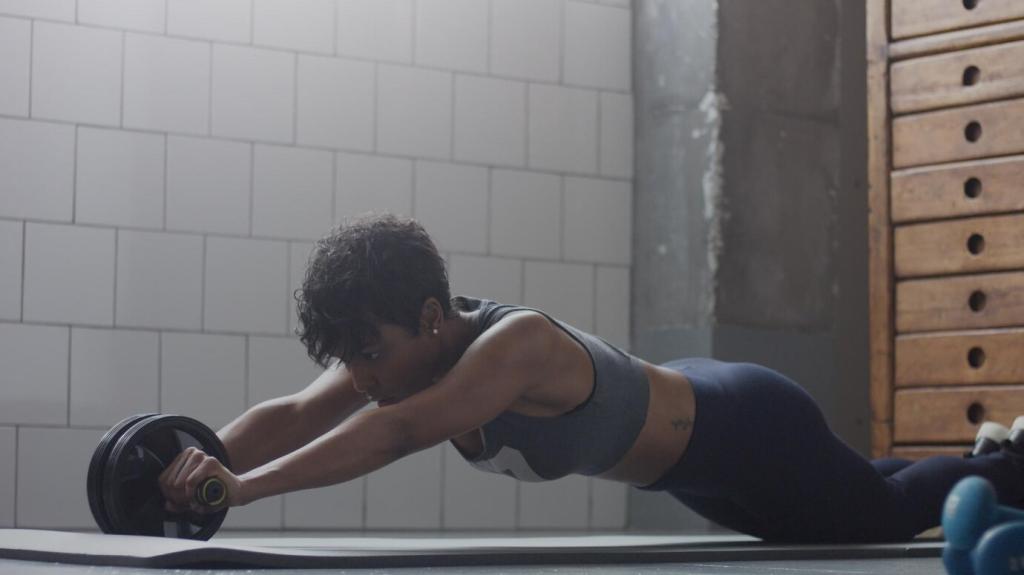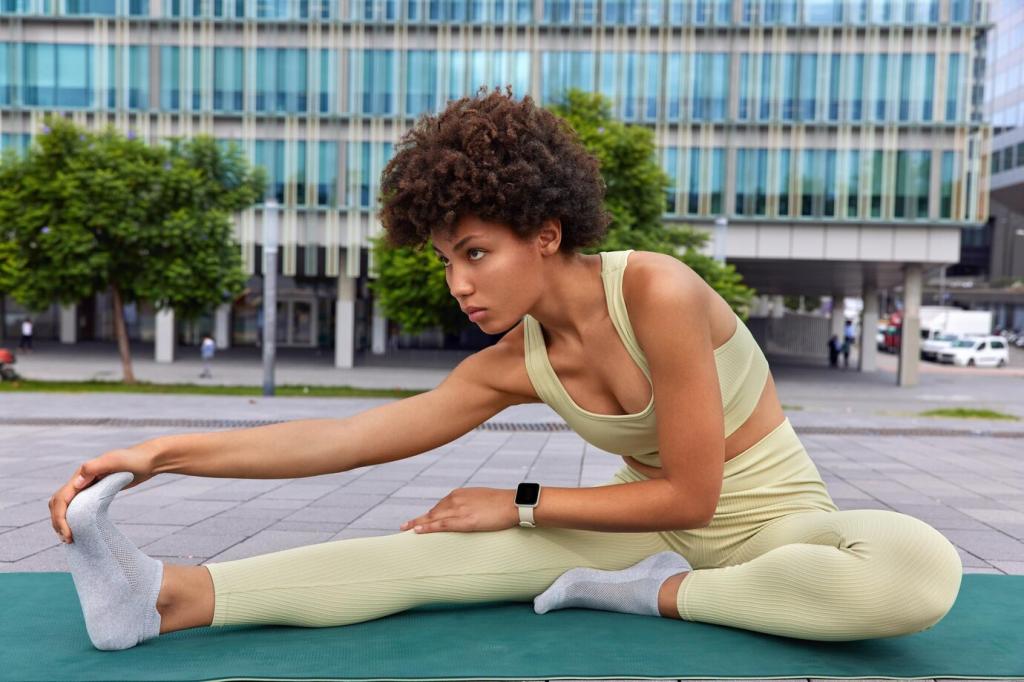Begin with Breath, Alignment, and Intention
Use slow nasal breathing to lengthen inhales and smooth exhales, guiding your nervous system toward calm focus. As breath deepens, notice joints soften without collapsing, allowing you to access both flexibility and strength with presence. Comment with your favorite breath cue.
Begin with Breath, Alignment, and Intention
Think of alignment as helpful landmarks rather than rigid rules. Stack joints to distribute load, then explore gentle micro-adjustments to find your unique, safe range. This approach builds durable strength while granting freedom for flexibility to unfold organically, breath by breath.
Begin with Breath, Alignment, and Intention
Choose one intention—stability, curiosity, or compassion—and let it shape your pacing and posture choices. When intensity rises, return to that intention for clarity. Tell us which word guided you today and how it shifted your experience on the mat.
